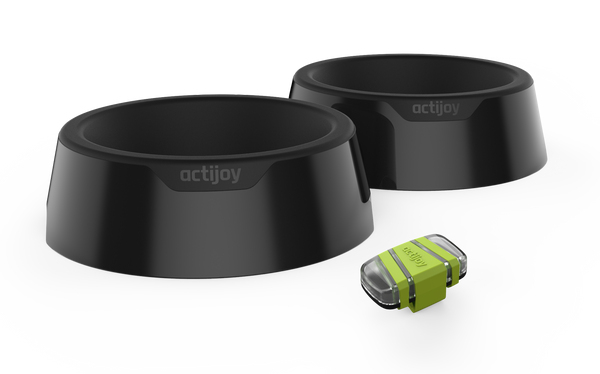Pet First Aid: What to Do if your Dog Stops Breathing
Although it is difficult to think about an emergency situation involving your pet, it is best to be prepared in case you ever find that your pet has stopped breathing.

Here, the steps for performing artificial respiration on a dog are discussed.
Assess the Situation
As soon as you discover that your dog is unresponsive, calmly assess the situation. Ask a friend or family member to immediately call the veterinarian (or an emergency clinic if it is after hours), in order to provide additional advice and prepare for your arrival, if necessary.
The first step is to make certain whether your dog is breathing. Dogs have a different respiration rate than humans, and shallow breaths can sometimes be mistaken for lifelessness. Look to see whether your dog’s chest is rising up and down. Alternatively, place your hand or cheek next to your dog’s nose to feel for exhaled air.
If your dog is not breathing, next check that his or her airways are clear. Place your hand inside your dog’s mouth and feel for food, debris, vomit, mucous, or phlegm that might be restricting your dog’s breathing. Finally, ensure that your dog has a pulse by placing two fingers in your dog’s “armpit” region, or in the “wrist” area above the uppermost pad on your dog’s front paw.
Artificial Breathing
If your dog has a heartbeat but is not breathing you should begin artificial respiration immediately.
Step 1: Proper Positioning
Your dog should be placed in a position such that his or her head is in line with the body, and that airways are not restricted. If repositioning is necessary, do so carefully, particularly if injury might be involved.
Step 2: Proper Mouth Placement
Next, you must place your mouth over your dog’s nostrils. If your pet is large or has a long snout, hold your dog’s muzzle closed in order to prevent air from escaping the mouth. For a small or brachycephalic breed, you should place your mouth over your dog’s nose and lips. Once you are properly situated, breathe into your dog’s nostrils and ensure that his or her chest rises.
Step 3: Proper Breath Frequency
Gently breathe for your dog every 2 – 3 seconds, being careful not to be too forceful and potentially cause lung damage. Check whether your dog is breathing on his or her own once every minute. Continue artificially breathing for your dog for up to 10 minutes. When your dog can breathe independently, transport your pet to the veterinarian immediately.
If you find your dog does not have a heartbeat, the next step is to perform CPR. You can read how to perform CPR in our previous post. Continue giving CPR until your dog has a pulse and is breathing.




